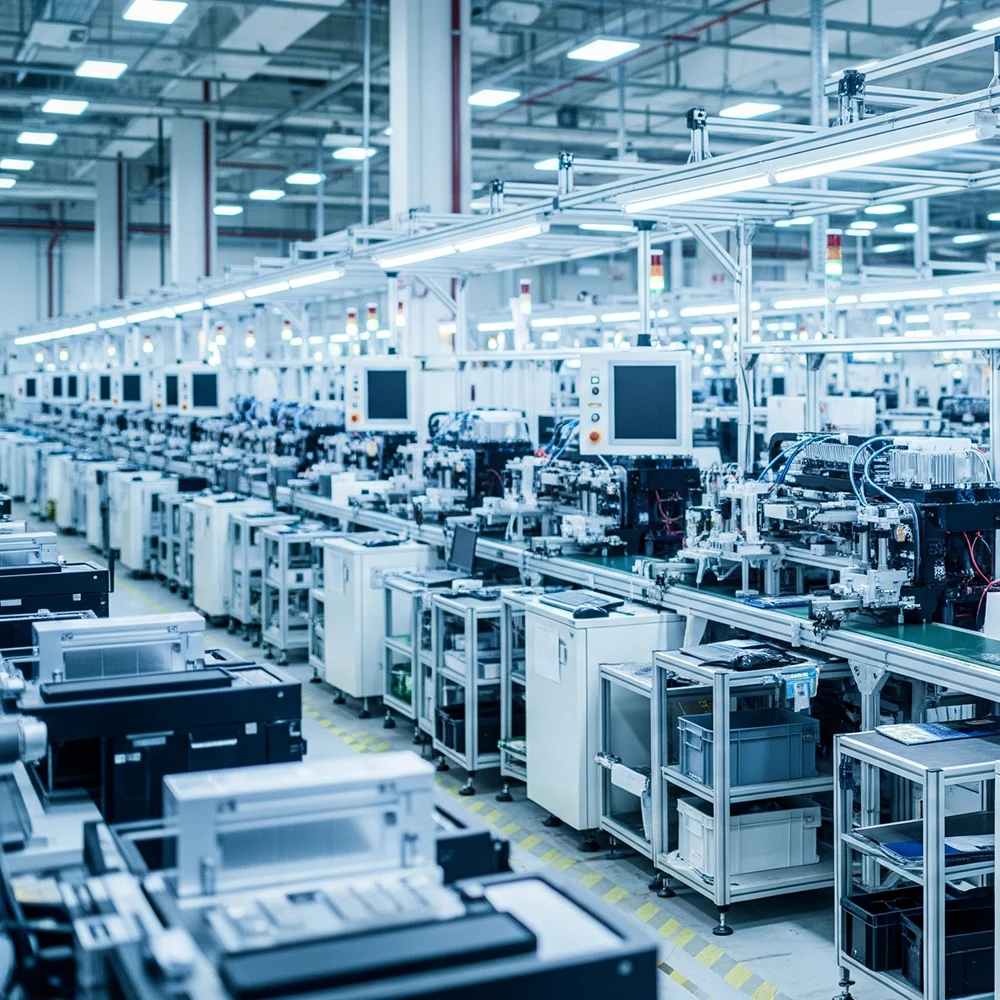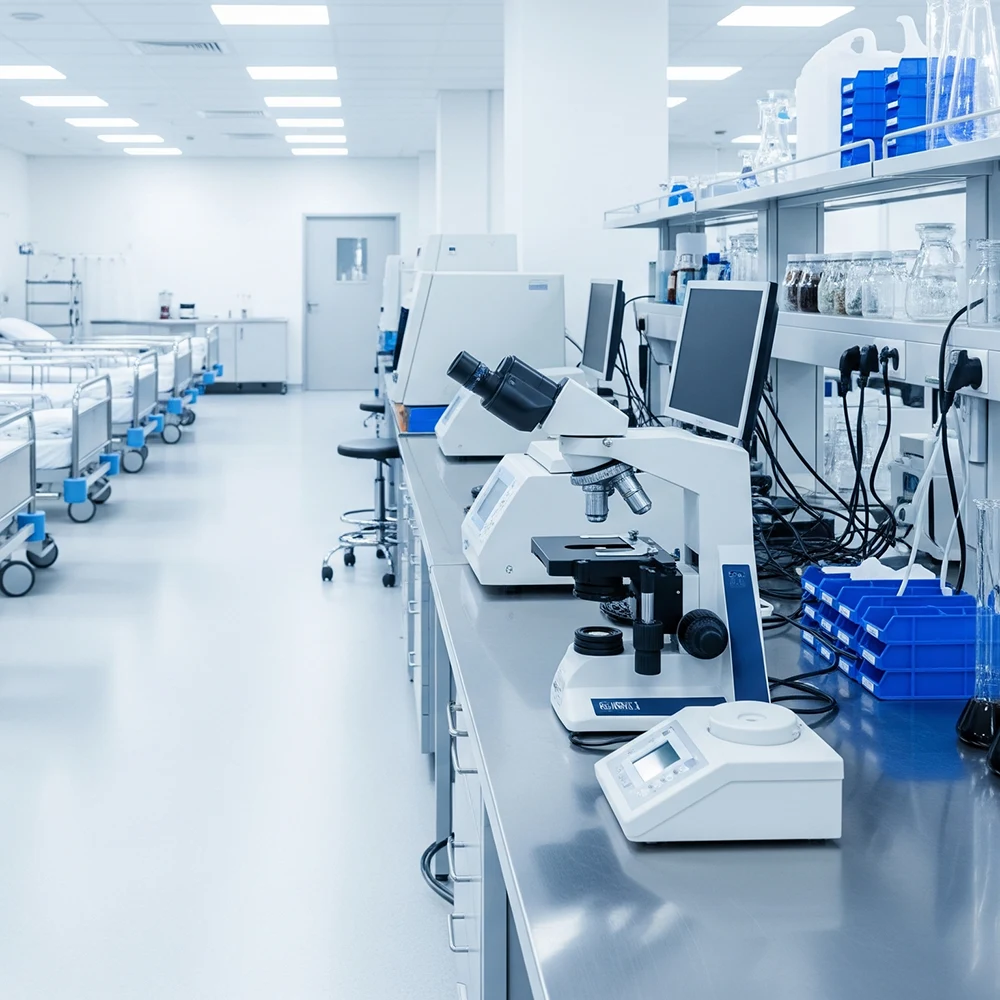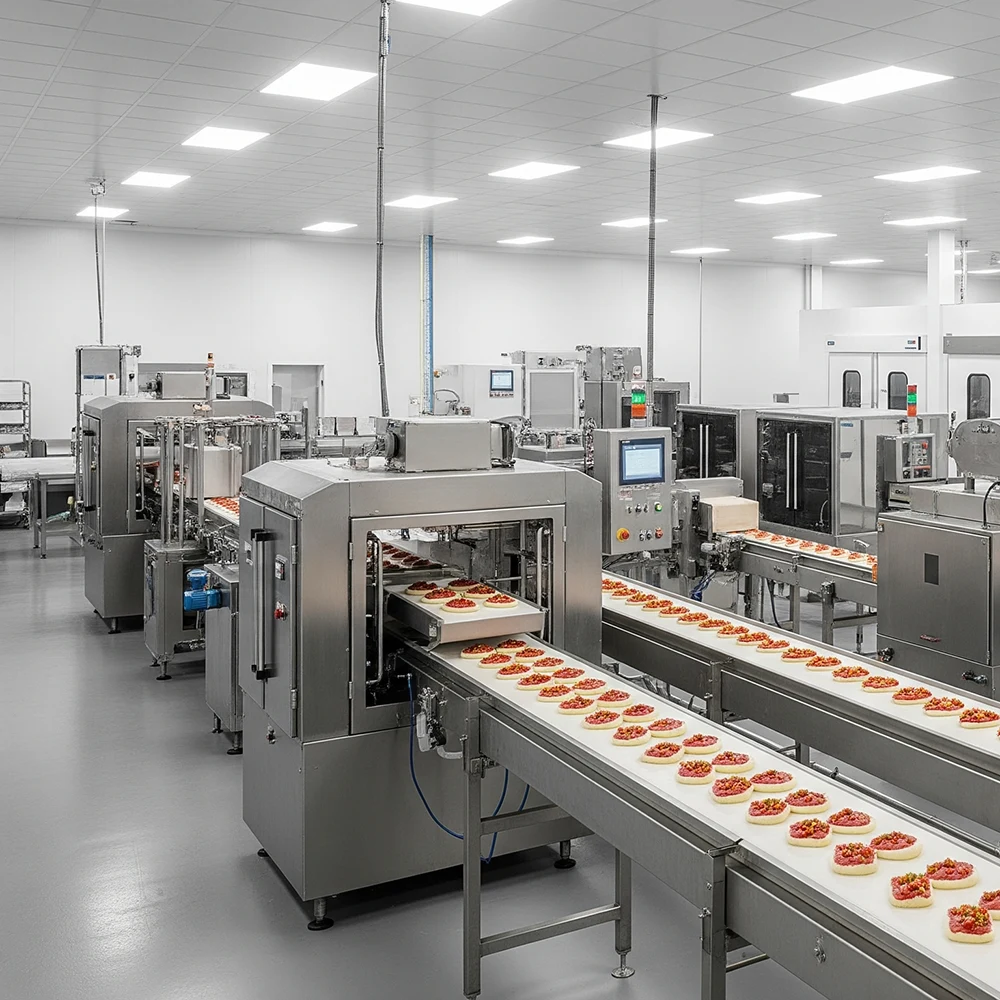Rubber and Silicone
Elastomeric Materials for Advanced Industrial Applications
Rubber and silicone are two of the most versatile and widely used elastomeric materials in industrial settings thanks to their strength, elasticity, and durability. These materials are employed across a wide range of sectors—from automotive to electronics to the medical industry—due to their ability to withstand extreme operating conditions and meet specific functional requirements. In this article, we explore the key characteristics of rubber and silicone, their technical advantages, and the most common applications in various industries.
Characteristics of Rubber and Silicone
Rubber and silicone are both elastic materials but differ in their chemical compositions and performance in various environmental conditions.
- Rubber: Rubber is an elastic material that can be natural (derived from latex) or synthetic (such as SBR, EPDM, or NBR). It offers good wear resistance, high elasticity, and impact absorption. It is widely used in applications that require high mechanical strength, such as seals, hoses, mounts, and engine parts.
- Silicone: Silicone is a polymer made from silicon and oxygen. Compared to rubber, silicone has superior resistance to high temperatures (up to 300°C), greater chemical resistance, and better stability in extreme environments. Its elasticity and ability to withstand high humidity make it ideal for applications requiring high biocompatibility, such as medical devices, food-grade seals, and electronic components.
Advantages of Rubber and Silicone in Industrial Applications
Both materials offer distinct advantages depending on the field of application.
Chemical Resistance
Depending on the type, rubber resists oils, solvents, and fuels. Silicone, on the other hand, is highly resistant to acids, alkalis, and other aggressive chemicals, making it ideal for pharmaceutical, food-grade, or industrial environments with chemical exposure.
Resistance to Extreme Temperatures
Silicone excels in high-temperature environments, maintaining elasticity and durability in a range from -60°C to 300°C, while synthetic rubber is more suitable for lower or moderately high temperatures.
Flexibility and Adaptability
Both materials are known for their elasticity, making them suitable for applications requiring deformation under stress. Rubber is especially suited for applications requiring tensile strength, such as seals, belts, and supports. Silicone, with its ability to resist permanent deformation, is preferred for long-lasting applications under continuous load.
Insulation and Protection
Silicone, due to its low thermal and electrical conductivity, is used to insulate electronic components and high-temperature devices. Rubber, with better impact and vibration resistance, is ideal for isolating machinery and industrial equipment, reducing noise and wear.
Applications of Rubber and Silicone
Rubber and silicone have extremely diverse applications. The choice between them mainly depends on specific operating conditions and performance requirements.



Ask
Special Rubber
Special Rubber can support clients in the R&D phases of products and materials, project development, consulting, product design, and co-design. We offer a wide range of certified or certifiable compounds and materials for the relevant sector, thanks to partnerships with qualified suppliers. Additionally, we assist clients throughout all stages of certification and approval of the finished product with laboratories and third-party organizations.
Rubber and silicone are essential elastomeric materials for modern industry. Although they share similar properties in terms of elasticity and resistance, each has specific advantages that make it particularly suitable for certain applications. Rubber is preferred in applications requiring mechanical strength and cost efficiency, while silicone is the ideal choice for extreme environments, biocompatible uses, and high-temperature operating conditions.
Thanks to their versatility, rubber and silicone will continue to play a key role in the development of advanced technical components across a wide range of industrial sectors, contributing to improved performance, safety, and reliability of finished products.




